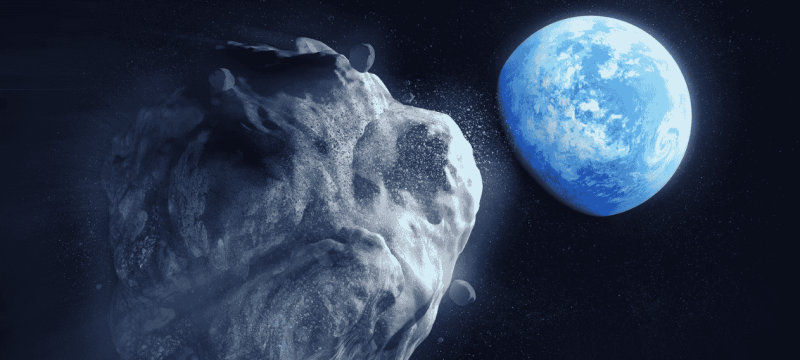NASA and the European Space Agency (ESA) are closely monitoring asteroid 2024 YR4, whose projected path brings it near the Moon in 2032. Early estimates raised concerns, but current calculations indicate only a 4 percent Moon collision risk.
According to ESA, the asteroid has roughly a 1 in 25 chance of striking the lunar surface, meaning there is a 96 percent probability it will miss. Scientists caution that these projections remain preliminary, as 2024 YR4 was only recently discovered.
Upcoming observations, particularly planned for early 2026 using NASA’s James Webb Space Telescope, are expected to refine the asteroid’s orbit. Early analyses suggest an 80 percent chance that new data will reduce the Moon collision risk to near zero.
Potential Impact on the Moon
If 2024 YR4 were to collide with the Moon, it could create a crater between 0.5 and 1 kilometer wide. The impact would release significant energy and eject debris into space, posing temporary hazards to Earth-orbiting satellites. Some debris could even produce an unusually bright meteor shower visible from Earth.
Experts stress that, even in the unlikely event of a direct lunar impact, Earth would remain safe. However, the event would offer a rare opportunity for scientists to study real-time lunar impacts and the behavior of ejecta and shockwaves.
Scientific Opportunity and Precautions
Planetary scientists view a lunar impact as a chance to better understand the Moon’s surface and early solar system history. NASA and ESA are also reviewing precautionary options, including potential kinetic impactors or, as a last resort, nuclear devices to alter the asteroid’s trajectory.
Currently, NASA emphasizes that the Moon collision risk is low and extreme measures are not needed. Further observations over the next few years are expected to provide more precise data, reducing uncertainty and improving planetary-defense planning.
In other news read more about: ‘City-Killer’ Asteroid May Hit the Moon, Avoiding Earth, Scientists Warn







